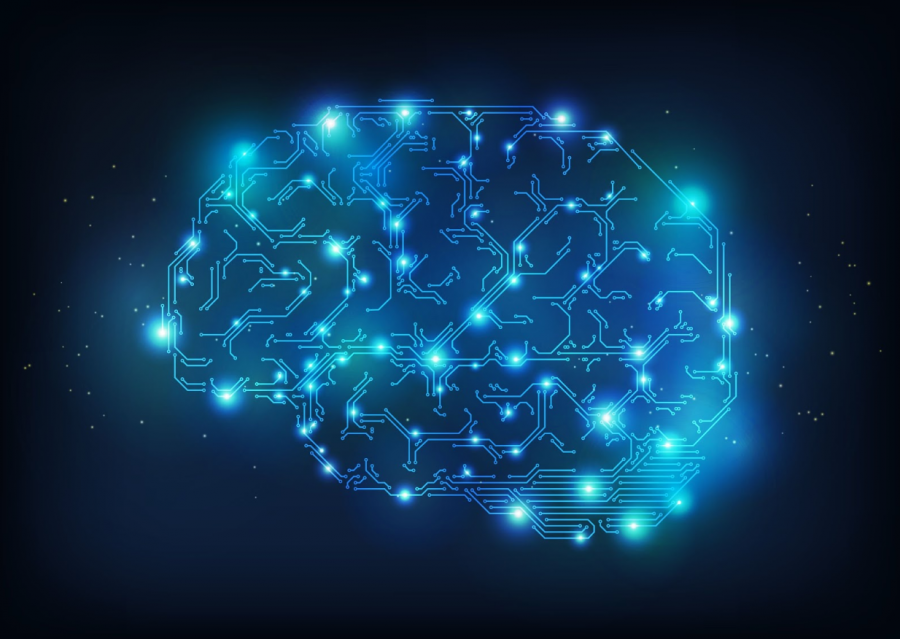NeuroLife: The Future of Paralysis
Damage to the central nervous system, especially to the spinal cord can be highly dangerous. It can restrict one’s control over their ability to think, walk, and carry out basic biological processes that all living organisms must perform. Paralysis is a condition that is caused by damage to the nervous system. It can either affect one area, or multiple areas, such as the whole lower body.
Earlier, individuals who would have experienced serious damage to their central nervous system were heavily impacted for the rest of their lives with absolutely no hope or scope for treatment. However, thanks to the NeuroLife Neural Bypass Technology, patients of paralysis are able to connect their mind to their movements again, through an artificial link between the brain and the body.
So how does it work? To be honest, on the surface, it seems very complex, sophisticated and hard to understand. It is quite simple, really. Battelle, a private nonprofit applied science and technology development company headquartered in Ohio, has synthesized a microchip that helps people regain sensation in their body.
This microchip is implanted into the brain of an individual affected by paralysis. It interprets thoughts and any signals that come from the brain, and it then bypasses any injured and damaged areas of the nervous system, such as fragments of the spinal cord, and communicates directly with the muscles in the paralyzed limb through a thin sleeve (worn by the patient) that stimulates the muscles that control the limb, or any other impacted area.
The chip picks up electric signals that are sent by the brain and transmits them to a computer. The computer then processes the signals and decodes them, in order to interpret the thoughts of the patient, that is then sent through the central nervous system and translates them into a language that is comprehended by the muscles, so the patient can think of a movement and hopefully achieve it.
Slowly and gradually over time, the patients regain their sensation and control over their limbs and muscles and are able to carry out small but specific movements, eventually able to live their life to the fullest again. Many of the patients, who were paralyzed, were initially able to walk a few steps or hold a cup for 5-10 seconds when their treatment initially started. Within a few years, the patient will be just as physically able as before.
The microchip itself that is used throughout the Neuorlife treatment process is a 4×4 millimeter device that is inserted into the Primary Motor Cortex section of the brain. This area of the brain is responsible for voluntary movement, and when one is paralyzed, the Primary Motor Cortex is damaged, and several neurons can be deactivated, or even die. The microchip is then able to bypass the damaged part of the Primary Motor Cortex.
Although the NeuroLife system is currently confined to the lab due to the setup being quite hefty and immovable, researchers continue to attempt the development of portable versions of the NeuroLife system, that could potentially only include the Microchip. Furthermore, they also intend to add an AI Machine Learning aspect to it, where the Microchip can store and extract certain data about specific movements.





